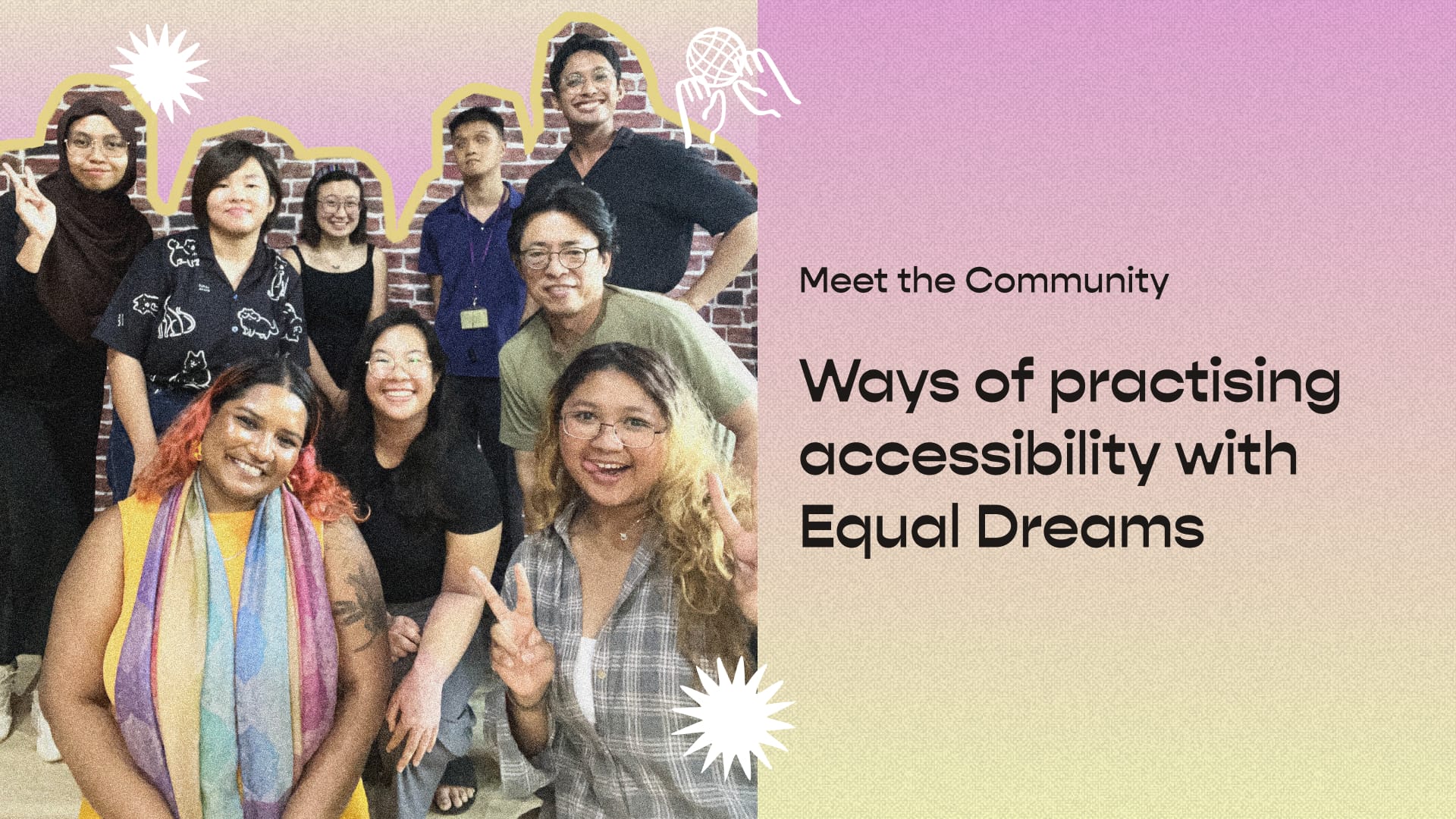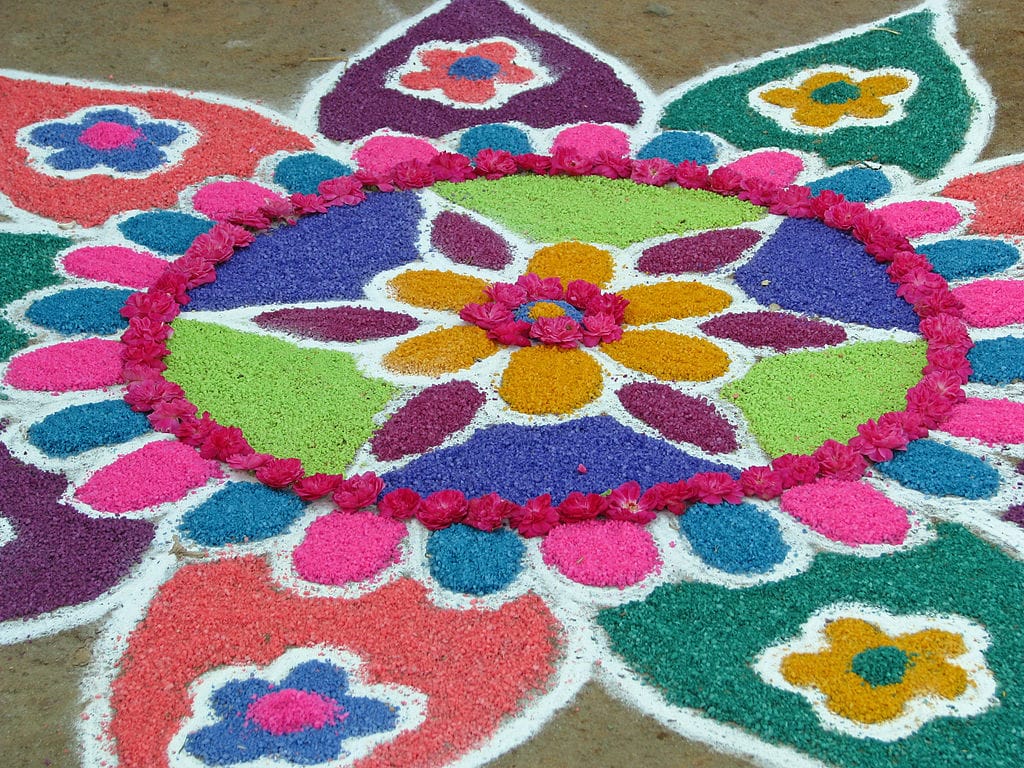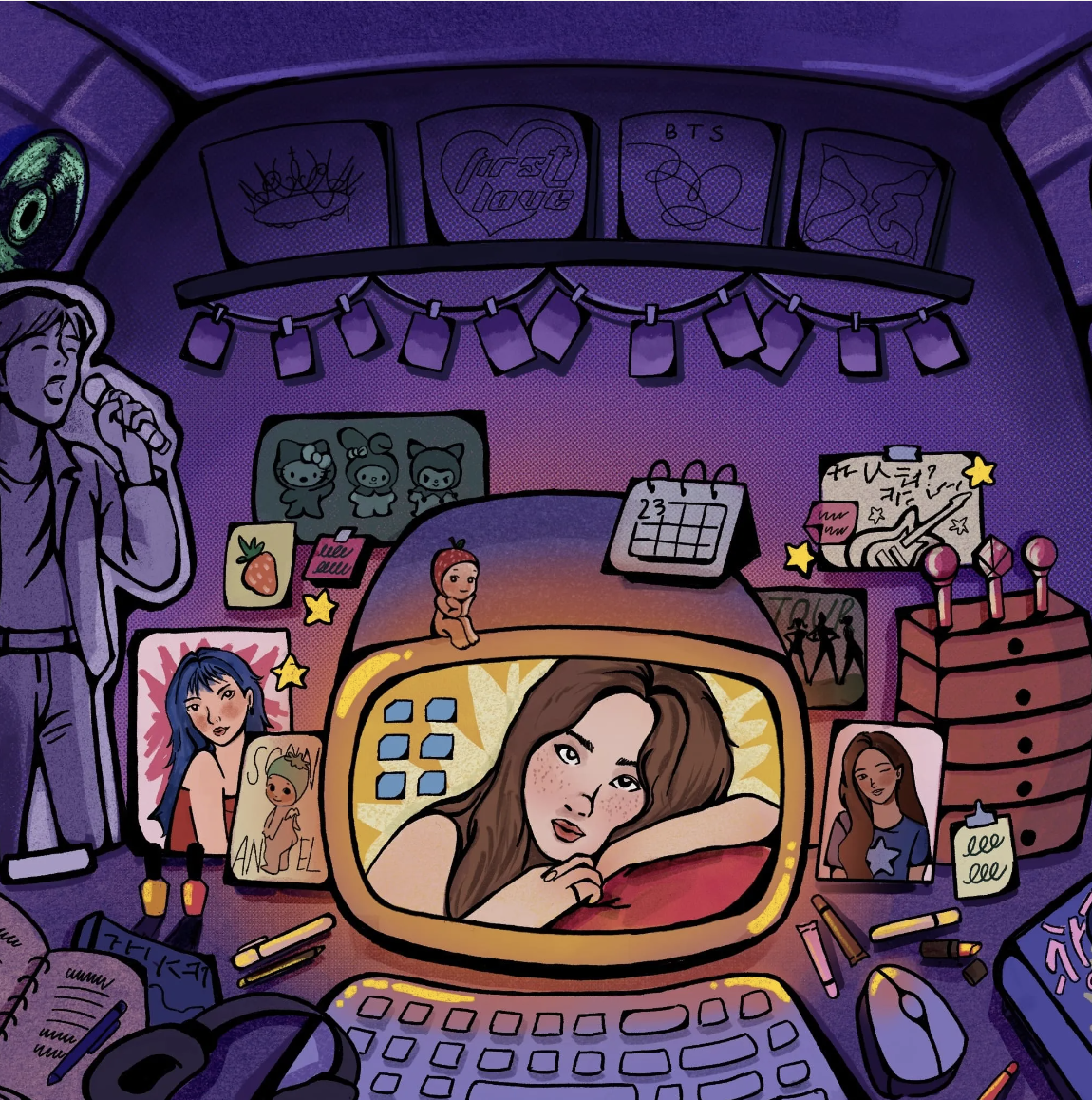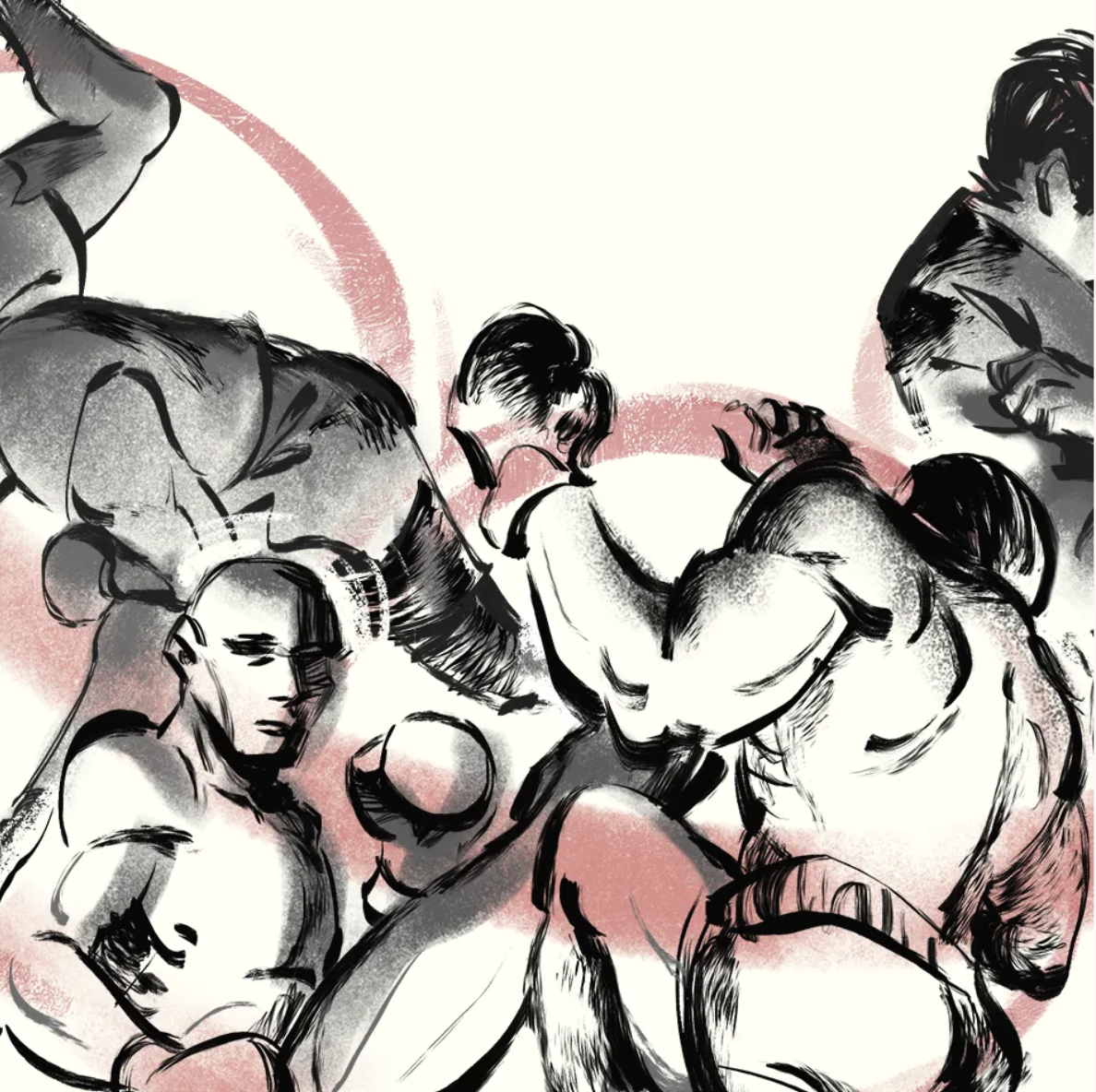
What creates authenticity?— issue #68
Embodied experiences are key to authenticity. We can tell what is authentic through sight, taste, smell, or sound on recall. But does the accumulation of knowledge and experience make something authentic?
There’s this specific fried rice made by my Aunty that has stayed with me, even though I was 7 years old the last time I had it. The mixture of luncheon meat, egg, and fluffy rice conjures up carefree and happy memories–akin to Anton Ego’s life-changing moment in Ratatouille. I’ve tried recreating this dish at least a hundred times since, but I have not succeeded. Its taste lives only in memory and nostalgia.
Embodied experiences are key to authenticity. We can tell what is authentic through sight, taste, smell, or sound on recall. Many of us will be able to tell our grandmother’s food apart from a restaurant’s, because of the familiarity that comes with her cooking. An experienced museum curator can tell from touch and sight if a piece of porcelain is truly an antique. Through years of experience, we gain the ability to discern authenticity.
Does the accumulation of knowledge and experience make something authentic? If so, why do so many rebuke Generative Artificial Intelligence (Gen AI) for being “fake”? After all, it is able to sieve through and recall information in milliseconds. The underlying assumption is that AI cheapens the end result, through shortcuts, replicability, and plagiarism, or worse, hallucination.
But what of cultures where replicability is indeed valued? In many East Asian cultures, imitation is a form of flattery, and ancient Chinese scholars were known to copy iconic works. In some aspects of Buddhism, a replicated relic can also be “authentic”—value given to it through accumulated aura, spiritual, and social meaning. So much of internet culture is based on copying as well, from memes and stitching on Instagram and TikTok, or copying can even create cultural movements and genres, like Myanmar copy songs. This is not to say that we think that plagiarism is acceptable—we do not condone it.
I recently visited the Asian Civilisations Museum’s exhibition on Asian Games, and the exhibition ends with AlphaGo defeating Go top player, Lee Sedol, in 2016. It left me with a bittersweet feeling as this iconic moment was an achievement for AI engineers and computer scientists, but a defeat for Go players worldwide. Overnight, it felt as though the irreplaceable pain, anguish, determination, and endless practice endured by Go professionals for decades counted for naught.
So, what creates authenticity? Why do millions spend so much money just to get their hands on Kpop merchandise when there are many copies? I think it is in the act of remembrance—the human ability to not only recall information, but along with it, to think through our senses and emotions to bring up an always imperfect copy, but one that is ours. Perhaps one day Gen AI might give me a recipe that recreates my Aunty’s fried rice, or so I hope. But what it will never take from me is the memory of coming home to that dish, the feeling of love, warmth and safety that is deeply etched in me.

more from us...
Despite the popularity of digital music streaming services, how do physical Kpop albums remain so popular?
How has Hollywood flattened Asian martial arts through overused kung fu tropes and all-too-familiar characters?
Kawan special

Picking up from our earlier chat on how accessibility is important to every aspect of our lives, part 2 of this interview looks at the positive shifts already happening on the ground, how communities are reimagining access and inclusion, and the hopes and gaps that continue to shape this ongoing journey.
Stuff we love
↗ Savour the joy of cooking Malay food with Sendok Rakyat which hosts community workshops on how to make nasi ulam, a fragrant rice dish mixed with fresh local herbs.
↗ Capteh, five stones, pick-up sticks: Learn how these traditional games have a cultural anchor to Singapore’s past in this interactive story by the Straits Times.
↗ Explore how Punch Up crafted an interactive data visualisation of Thailand’s contemporary art scene using forest imagery to represent the diverse exhibition spaces and art forms.
↗ Lisa, founder of Yun Hai Taiwan stories, shares how the lunisolar almanac calendar taped on her wall inspired them to design their own almanac.
Did you know?
The intricacies of Kolam
The intricacies of Kolam

Kolam is a religious and ornamental design crafted on the floor of residences and entrances to public spaces during traditional Indian festivities. It is also known as rangoli in Gujarat and Maharashtra. Traditionally, the motifs were drawn with edible grains, coloured with dyes made from vegetable colouring, an act of charity encouraged in Hindu scriptures as the grains can then be eaten by insects. Aside from beautifying one’s home, the kolam’s main purpose is to drive away bad spirits and bring prosperity.
Kolam patterns are often composed of dots arranged in geometric formations like squares or triangles. One of the rules of crafting it is to draw the pattern in loops and never retrace the same route. The drawing is complete when all points are enclosed. However, these are not strict guidelines, and there are kolam patterns which are drawn without following these rules.
1.Kiwamu Yanagisawa and Shojiro Nagata, Fundamental Study on Design System of Kolam Pattern (Kobe Design University & InterVision Institute, 2009), PDF
2.National Library Board (Singapore), “Kolam: South Indian Art of Drawing with Rice Flour,” last updated January 13, 2025, accessed October 23, 2025




